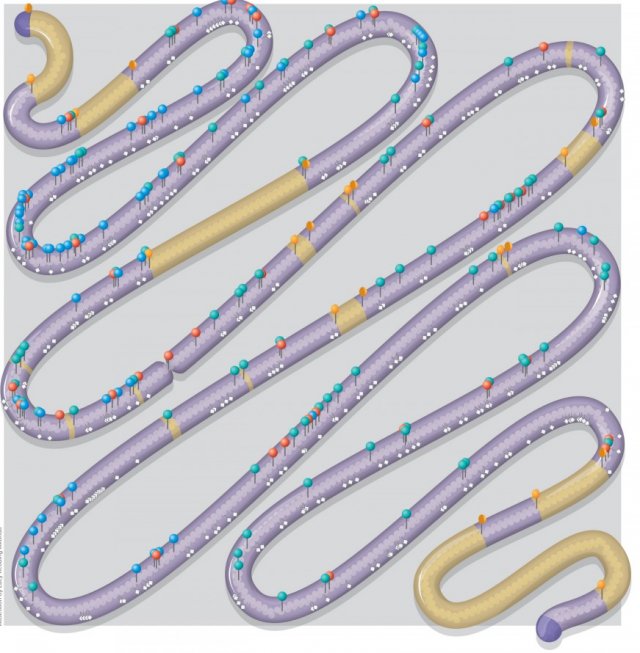Researchers replace one of yeast’s chromosomes with a synthetic one
Ars Technica » Scientific Method 2014-03-27

A few years ago, researchers managed a technical tour-de-force: starting with short DNA sequences that were chemically synthesized in a machine, they built up an artificial bacterial genome and used it to replace the normal copy in living bacteria. But their artificial genome had only minor differences from the original, mostly tags that allowed its presence to be detected.
Today, a large international team of researchers took a major step beyond that. Like the team that worked in bacteria, they started with nothing but short, chemically synthesized pieces of DNA. Using those, they built up an entire chromosome in yeast, eventually replacing the yeast's normal copy. Although this involved less DNA than the bacterial genome, the team made radical changes to the DNA normally found in yeast, deleting most of the sequences that might be considered non-essential. Despite the elimination of 15 percent of the chromosome, the synthetic version worked fine, and the resulting yeast were difficult to distinguish from their normal peers.
In many ways, baker's yeast is a bit like a eukaryotic version of bacteria. Although it's got a collection of linear chromosomes in its nucleus (bacteria lack a nucleus and have a single, circular chromosome), the genome is very compact, with little in the way of the superfluous sequences that seem to make up the majority of the vertebrate genomes. It also has some of the features that make genetics so convenient in bacteria: it can carry extra genes in short, circular pieces of DNA called plasmids, and it's easy to shuffle DNA from these plasmids into the yeast's chromosomes.
Read 9 remaining paragraphs | Comments